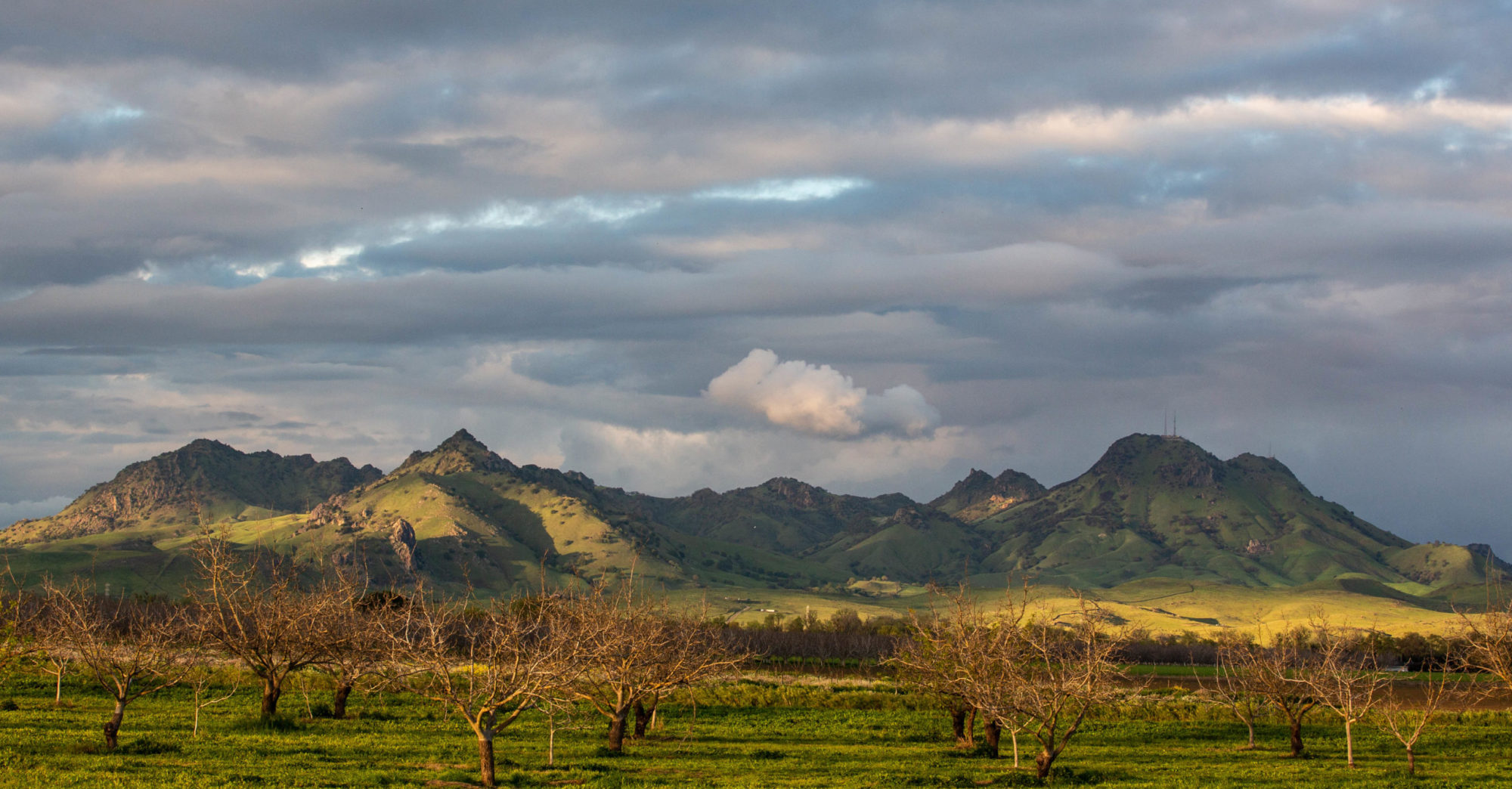It’s the Tour’s last rest day, and we’re only six stages, a couple of huge days in the Alps, and two or three more positive doping tests away from the big climax on the Champs-Élysées.
Who/what has looked good so far on this year’s Tour:
Cadel Evans. I’m not a big fan; something about him seems unpleasant and cold. But you have to admire a guy who picked himself up from a serious crash and finished one stage in serious pain (he barely made it into the team van unassisted after the racing was done for the day) and comes back the next day to take the yellow jersey. Also admirable: the way he stood up to the repeated attacks of CSC and other riders during the first Alps stage on Sunday. [This just in: Bobke Strut reports on another reason to admire Evans.]
Mark Cavendish. Established himself as The Man of the 2008 Tour with four stage wins. His speed is incredible and you wonder what it would be like to ride with such crazy ferocious abandon–even in the rain!–just once. But the racing is just part of it. The few glimpses of Cavendish we caught during last year’s Tour, when he rode for Team Columbia predecessor T-Mobile, made him look like something of a pouting, prickly jerk. This year, he came across as quiet, affable, thoughtful, and honest about how tiring the Tour was becoming as it progressed. He dropped out after Stage 14 win to prepare for the Olympics. In his post-race interview, he looked exhausted and profoundly sad about having gotten dropped on the last climb of the day and missing the chance for another win.
Jens Voigt. The German attack and pace-making machine for CSC. His efforts are impressive as always and the Versus interviews have shown him to be a funny but fearless competitor.
Robby Ventura and Frankie Andreu. Both have been excellent in their analyst/interviewer roles for Versus. For my money, it’s time to put Team Liggett/Sherwen out to pasture and put this pair in the traces.
Christian Vande Velde. A Chicago native has to love a Chicago native who’s doing great in the Tour. I’d be crazier about him, but there’s something a little flat in his interviews. And face it: Though he has managed to hang in with some of the hardest men in the sport for two-thirds of the Tour, he hasn’t once shown the ability to take the race away from any of them.
The doping bloggers: You can’t tell the dopers without a scorecard, and you can’t make sense out of what’s happening with all this EPO and CERA and A samples and B samples and the rest of the dopage shiz-nit without reading Trust But Verify and Rant Your Head Off. You really can’t.
Who/what hasn’t looked so good on this year’s Tour:
The Tour anti-doping crusade: Three riders have been strung up so far this year. Hey, maybe they did take the stuff. But we yearn for a world in which purity of essence and ideals of athletic perfection might skip the lynching party and exist side-by-side with plain ol’ American due process.
The Versus anti-doping crusade. You know, the last people I need to tell me about the evils of doping in sports are the people who have spent the last umpteen years celebrating absolutely anyone who’s a winner. The network’s new anti-doping religion is just another way to a buck. (And note, another one of the Versus attractions, thugs in cages (or mixed martial arts to those who want to legitimize the “sport”), is gaining widespread attention now because of the widespread use of steroids and controlled substances by its practitioners.) Screw the dopers. Screw Versus.
The Roll/Liggett/Sherwen anti-doping crusade. The finger-wagging and tongue-clucking and high-pitched moralizing is unbecoming, guys. Especially when you’re berating so many riders who in past years you anointed as heroes or near-saints.
The Liggett/Sherwen play-by-play team. In a way, it’s unfair to lump Paul Sherwen in with Phil Liggett. Paul actually has some insights into the race and occasionally manages to deliver them. Phil is merely a fount of verbiage and misinformation. (OK, yes–we live for the moments when he delivers himself of a colorful malapropism.) We loved the way that between the two of them they couldn’t manage to figure out who had assumed the yellow jersey after Stage 15 — even after a good 20 minutes.
Technorati Tags: phil liggett, tour de france, versus
Like this:
Like Loading...
